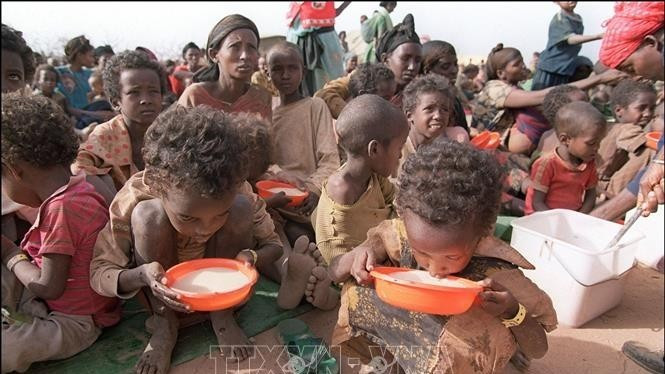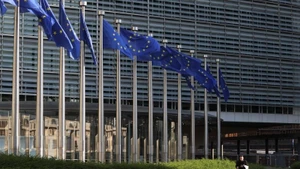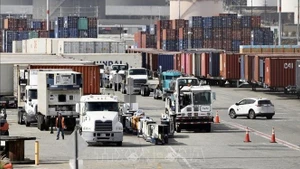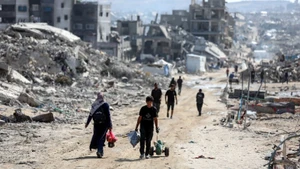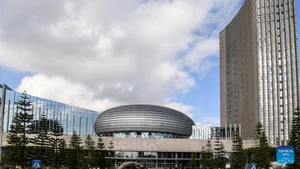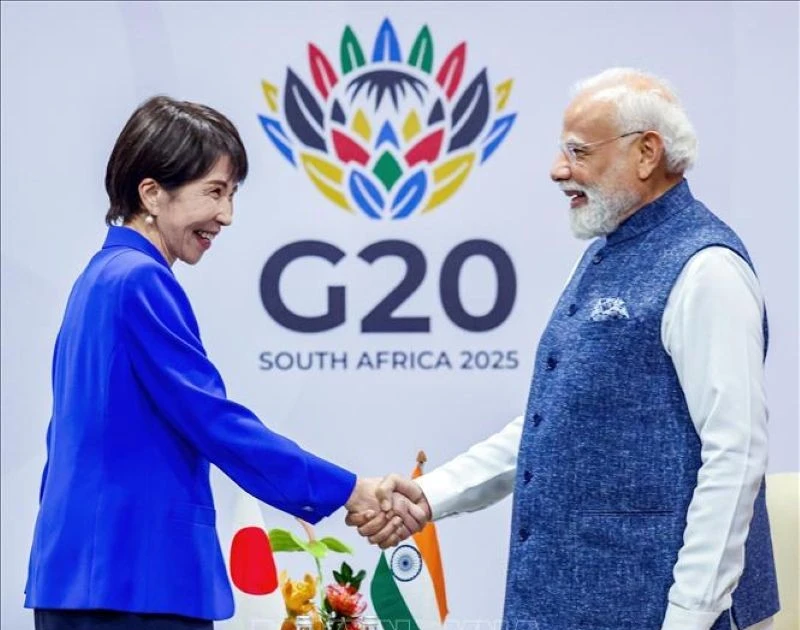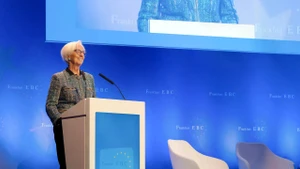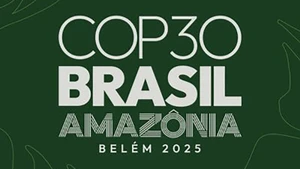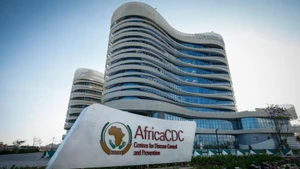Amid climate change and armed conflicts putting great pressure on food systems and pushing hundreds of millions of people to the brink of famine, reforming and transforming the food system has become an increasingly urgent task which requires broad cooperation.
The 2025 report on the State of Food Security and Nutrition in the World (SOFI) paints a bleak picture of global food. The proportion of the global population facing hunger has decreased from 8.7% in 2022 to 8.2% in 2024, however there are still 673 million people hungry worldwide and 2.3 billion living with food insecurity.
More than 295 million people globally faced severe hunger in 2024, the highest ever recorded, mainly due to armed conflicts and crises.
According to the FAO, hunger indicators remain higher than pre-COVID-19 pandemic levels, as prolonged food price inflation continues to hinder food security recovery.
In Africa, more than 20% of the population face hunger — approximately 307 million people. Meanwhile, in West Asia, around 12.7% of people (over 39 million) endure the same.
Without decisive action, by 2030 about 512 million people globally will suffer chronic undernutrition, around 60% of whom will be in Africa.
Without decisive action, by 2030 about 512 million people globally will suffer chronic undernutrition, around 60% of whom will be in Africa.
Climate change and geopolitical instability disrupt supply chains, while economic “shocks” pose a serious threat to the global food system.
In 2024, conflicts were the main cause of food crises in 20 countries, affecting nearly 140 million people. Meanwhile, climate change causes land degradation, reduces crop yields, alters ecosystems, and directly impacts many lives, especially the poor.
Additionally, prolonged inflation has pushed the FAO Food Price Index (FFPI) in August 2025 to its highest level in over two years, threatening the livelihoods of the poor and food-importing countries.
Alarmingly, over 420 million people in 39 vulnerable economies live on less than 3 USD per day — the extreme poverty line as defined by the World Bank (WB).
In countries considered among the “most desperate in the world,” food insecurity is worsening.
Meanwhile, cuts to funding for the World Food Programme (WFP) threaten to push an additional 13.7 million people in multiple “hotspots” to the brink of famine.
The FAO likens the process of transforming food systems to a multi-coloured mosaic requiring many hands and imagination; it demands collective, multi-dimensional, and persistent action.
According to a new WFP report, Afghanistan, the Democratic Republic of Congo, Haiti, Somalia, South Sudan, and Sudan face major disruptions in food aid operations, with conditions likely to worsen before the end of the year.
WFP funding has been slashed by up to 40%, with the expected budget for this year at only 6.4 billion USD compared to 9.8 billion USD last year. Funding shortages place a severe strain on the global humanitarian system, with many partners withdrawing from front-line areas, leaving a large gap in relief efforts.
Under the theme ‘Hand in Hand for Better Foods and a Better Future’ the World Food Forum 2025 emphasises the message of strengthening global solidarity to ensure food security.
Bringing together numerous world leaders and delegates from various sectors for dialogue and discussion, the forum is expected to serve as a platform to launch a collective call to action to end hunger and malnutrition worldwide.
Food is life, culture, and a fundamental human right. The FAO likens the process of transforming food systems to a multi-coloured mosaic requiring many hands and imagination; it demands collective, multi-dimensional, and persistent action. Building a fairer and more sustainable food system is the goal the world is striving towards and requires the joint efforts of nations and communities.
